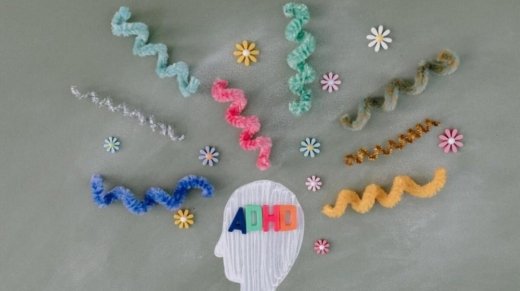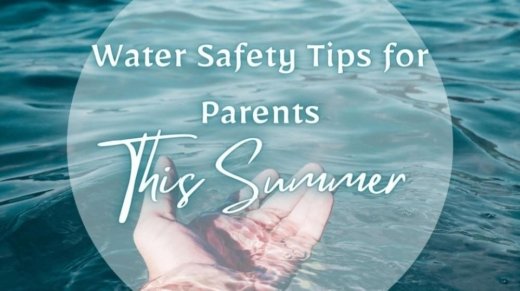Unraveling the Mystery of Combined Type ADHD: A Parent’s Guide
Attention Deficit Hyperactivity Disorder (ADHD) is a common neurodevelopmental disorder that affects children and can persist into adulthood. There are three main types of ADHD: inattentive type, hyperactive-impulsive type, and combined type. Combined ty ...






